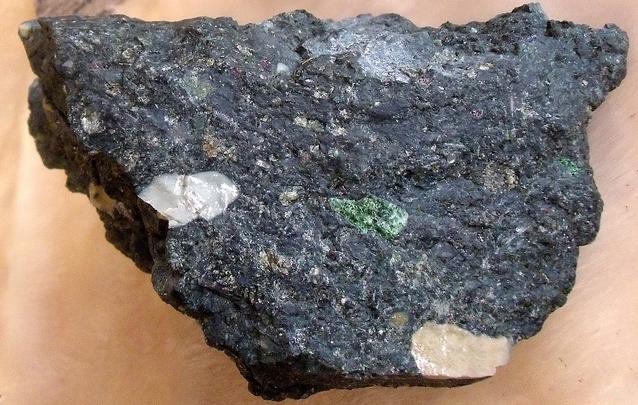 |
| A diamond crystal in matrix Photo by Rob Lavinsky |
Look out, alluvial diamonds have been found scattered along the backbone of the Appalachians for years making it likely that sometime in the future a lucky prospector is likely to find a kimberlite or lamproite the two types of rock where diamonds are apt to be formed. Diamonds have been found in Virginia West Virginia South Carolina Kentucky Tennessee Georgia Alabama
At the time of its discovery in April 1928 the famous “Punch” Jones at 34.43 carets was the second largest diamond ever found in the United States Murfreesboro Arkansas North America . The Punch Jones diamond is presumed to have washed Rich Creek Virginia Virginia
 |
| Brilliant Cut Diamonds |
Resumption of placer mining operations make the discovery of diamonds likely. Most of the diamonds discovered in the past were from placer mines with a few exceptions. The Punch Jones diamond is one of these exceptions it was discovered when Punch Jones and his father were playing horseshoes. Although this diamond was discovered in 1928 it took until 1942 before its true identity was established.
Fortunately diamonds have some distinct minerals associated with them making it possible to find diamond deposits by tracing the diamonds and other associated minerals to their source. These minerals include type “G” pyrope garnets, chrome diopside, phlogophite mica and serpentine. The mineral illmanite is frequently found associated with diamonds too. Tracing these minerals is often done with soil samples taken below the “A” horizon that contains organic matter.

